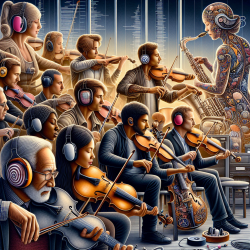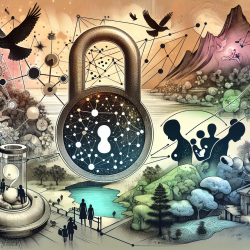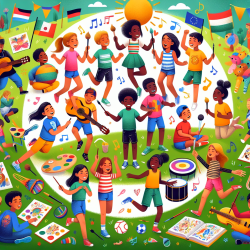As audiologists and hearing care professionals, our goal is not only to treat hearing loss but also to prevent it. The unique auditory needs of musicians present a distinct set of challenges and opportunities for innovation in our field. Drawing insights from the research article "Musicians and the Prevention of Hearing Loss" by Marshall Chasin, MSc, and John Chong, MD, FRCPC, ARCT, we can enhance our audiological practices and contribute to the well-being of this special population.
Musicians, both professional and amateur, share similarities with industrial workers regarding noise exposure, yet their needs cannot be fully met by the traditional industrial hearing conservation model. This is due to the complex nature of music, which differs significantly from industrial noise in terms of its spectral content and the intermittent exposure musicians face. The research by Chasin and Chong offers a nuanced understanding of these differences and proposes a model for assessment, treatment, and prevention tailored to musicians.
Key Insights and Strategies for Audiologists:
- Understanding the Unique Auditory Perception of Musicians: Musicians have a refined auditory perception, allowing them to discern subtle nuances in sound. This sensitivity means that standard hearing protection, which can distort sound, may not be suitable. Audiologists should consider the musician's need to hear the fidelity of music when recommending ear protection.
- Customized Ear Protection: The research highlights the importance of custom-fitted earplugs that account for the musician's instrument and playing style. These earplugs, such as the ER series from Etymotic Research, provide uniform attenuation of sound, preserving the quality of music while protecting hearing. Audiologists should work closely with musicians to select and fit the most appropriate ear protection.
- Environmental Modifications: Beyond personal ear protection, changes in the performance environment can significantly reduce harmful sound exposure. Recommendations include minimizing floor contact for speakers, using risers for certain instruments, and maintaining a distance from impulse sound sources like drummers. These strategies can be implemented in various settings, from concert halls to school band rooms.
- Educational Outreach: Education plays a crucial role in prevention. Audiologists should engage in outreach efforts to inform musicians about the risks of hearing loss and the steps they can take to protect their hearing. This includes understanding the effects of intermittent sound exposure and the benefits of taking quiet breaks.
The article also underscores the need for a specialized approach in evaluating and treating musicians. Audiologists should consider the specific instruments, the position within an ensemble, and the types of sound exposure musicians face. This tailored approach ensures that recommendations for ear protection and environmental modifications are effective and practical.
Implementing the outcomes of this research in our practices offers a path forward in preventing hearing loss among musicians. By embracing these specialized strategies, we can better serve this unique population, ensuring they can continue to enjoy and create music without compromising their hearing health.
For audiologists and hearing care professionals, this research provides a foundation for improving our services and making a meaningful impact on the lives of musicians. It invites us to consider the nuances of music exposure and to innovate in our approaches to hearing conservation.
To read the original research paper, please follow this link: Musicians and the Prevention of Hearing Loss.










